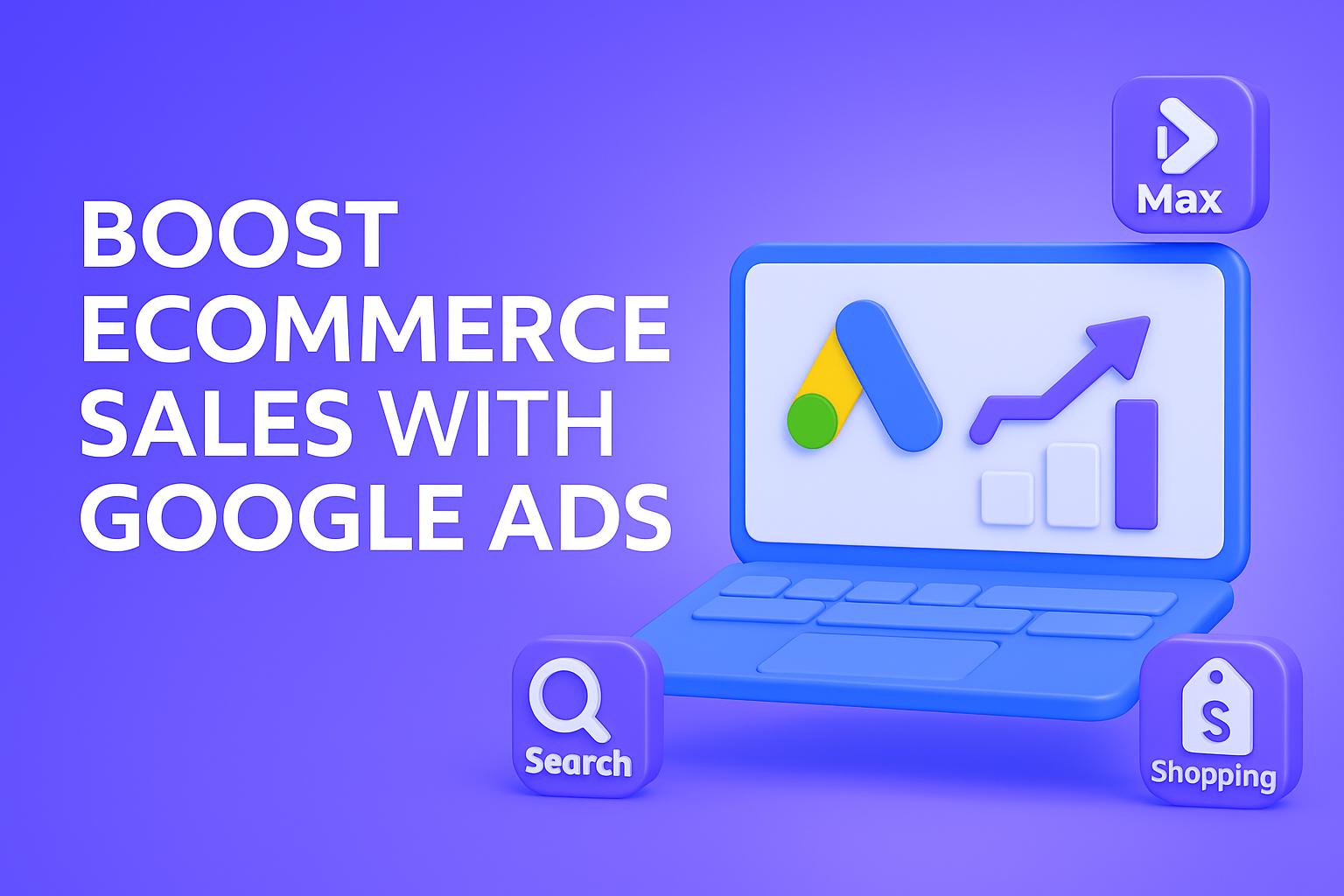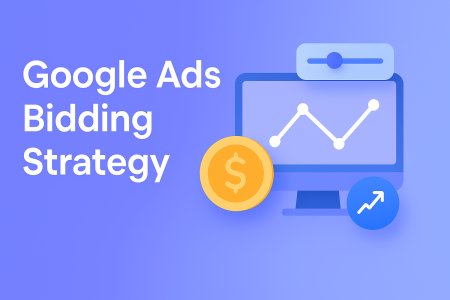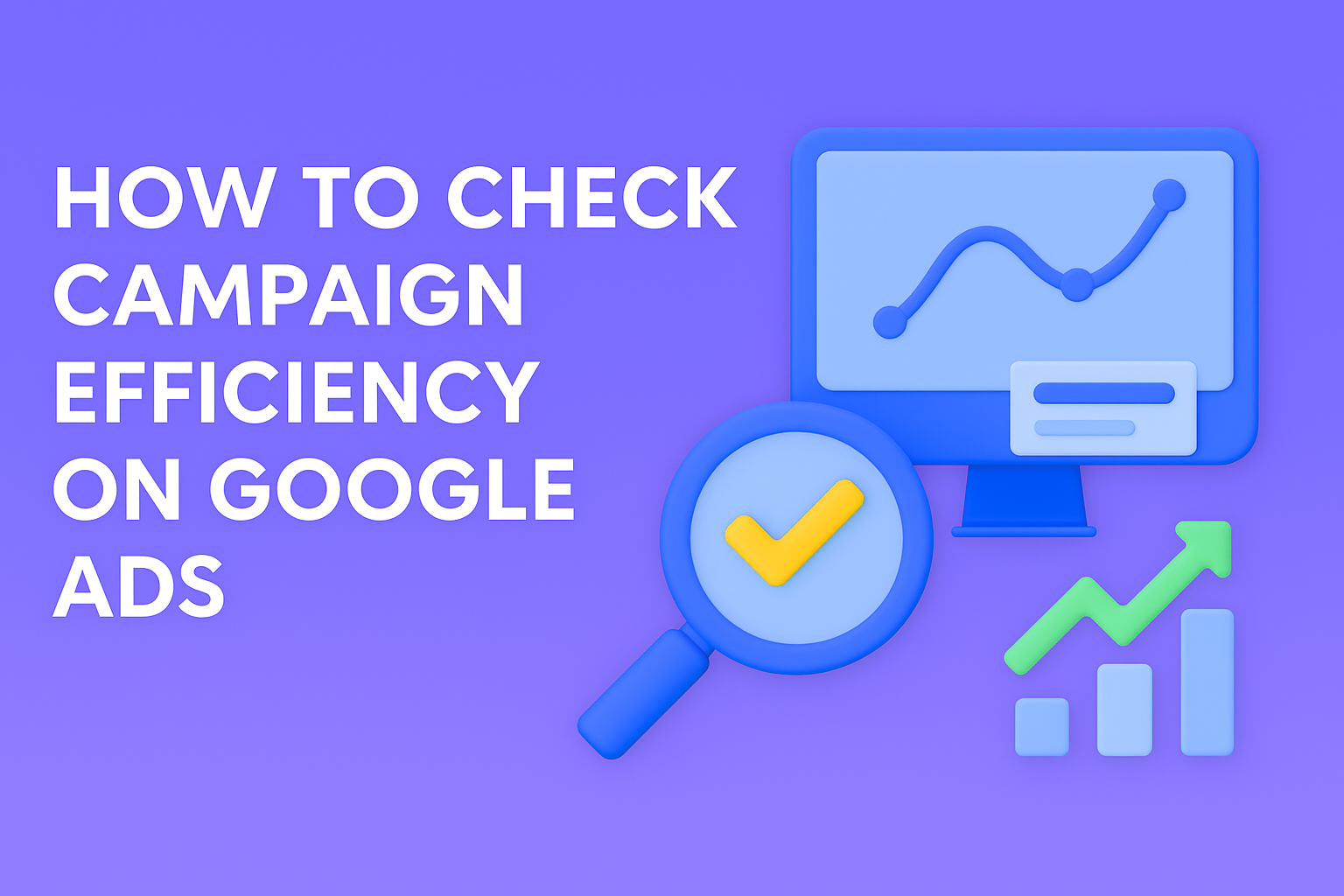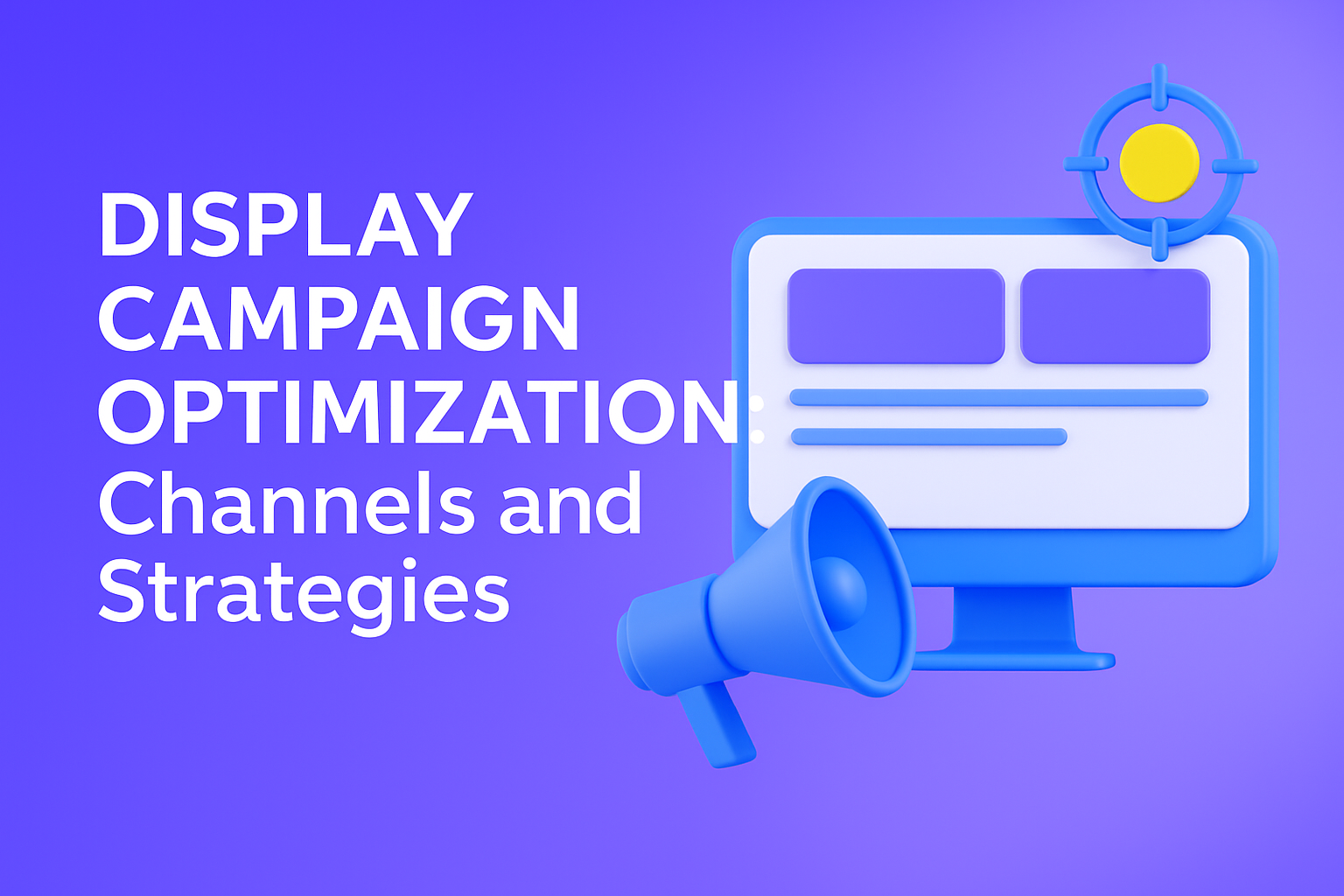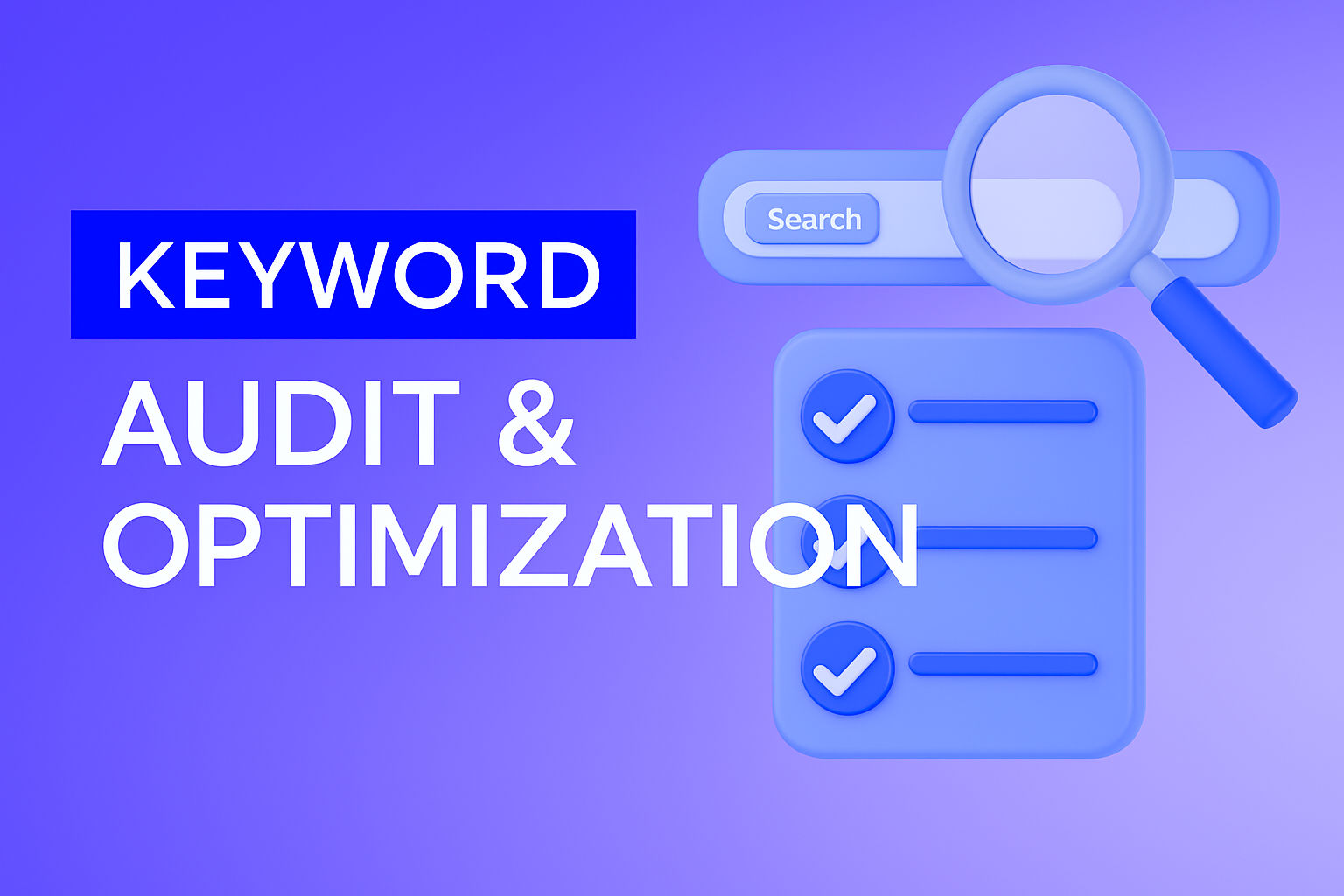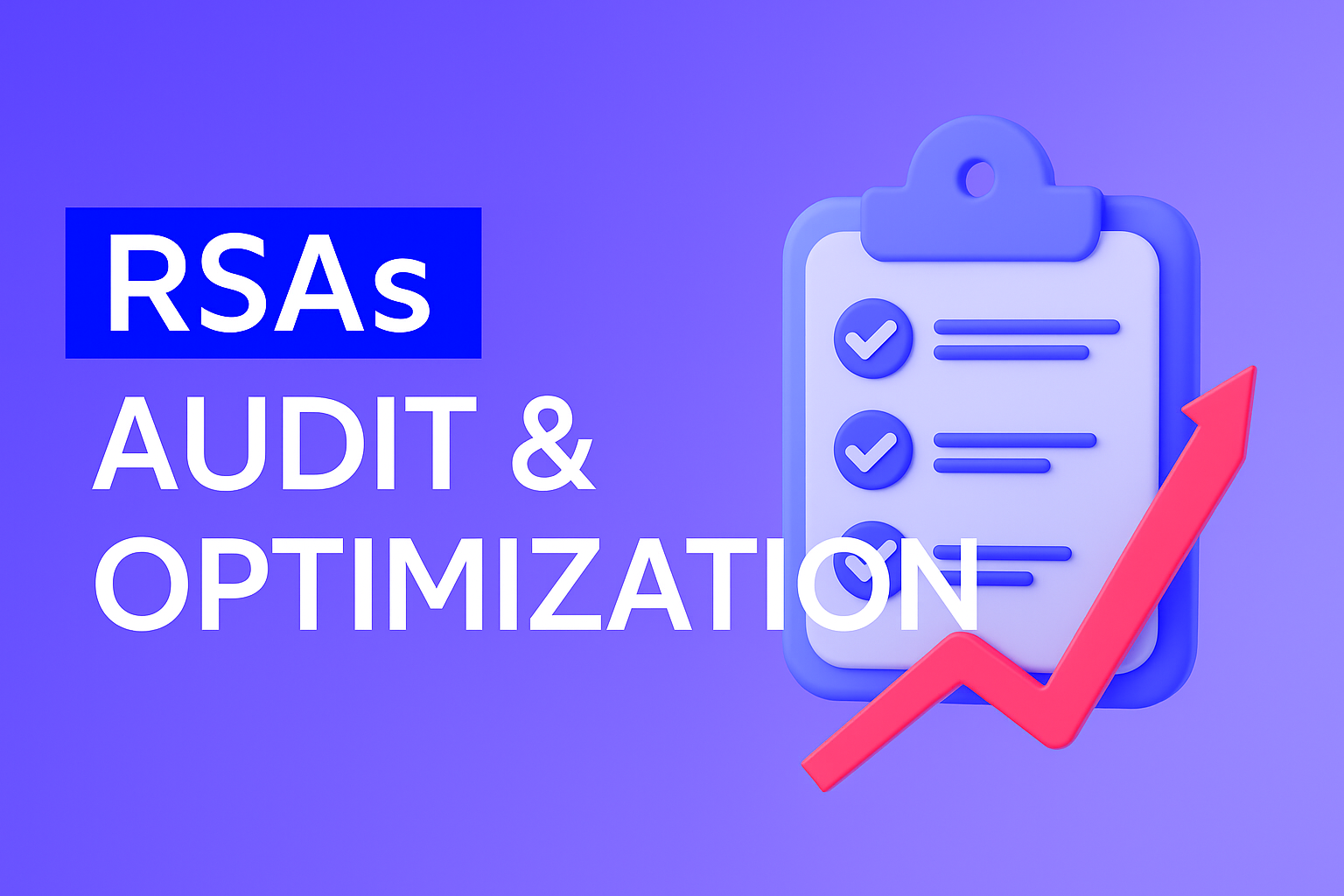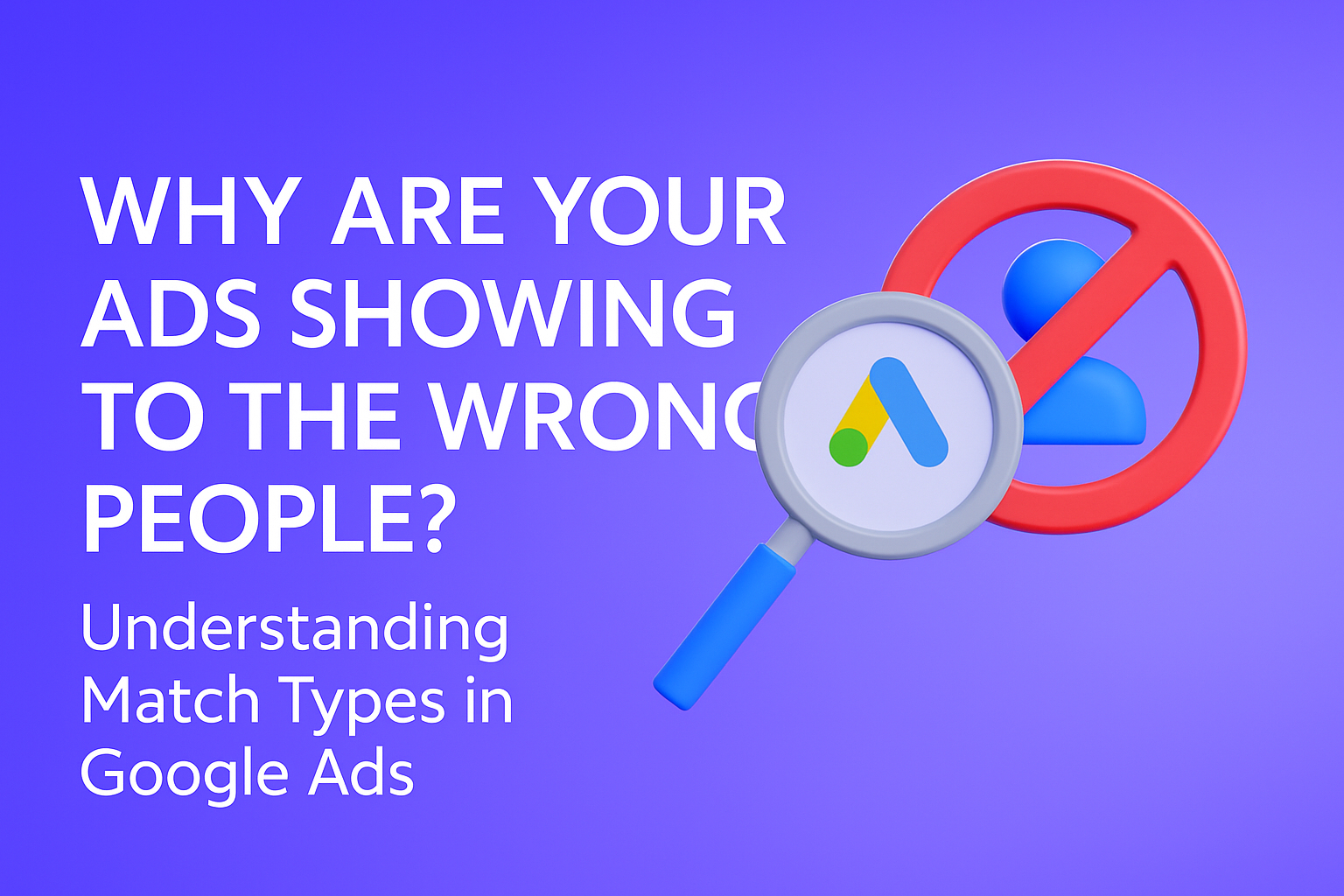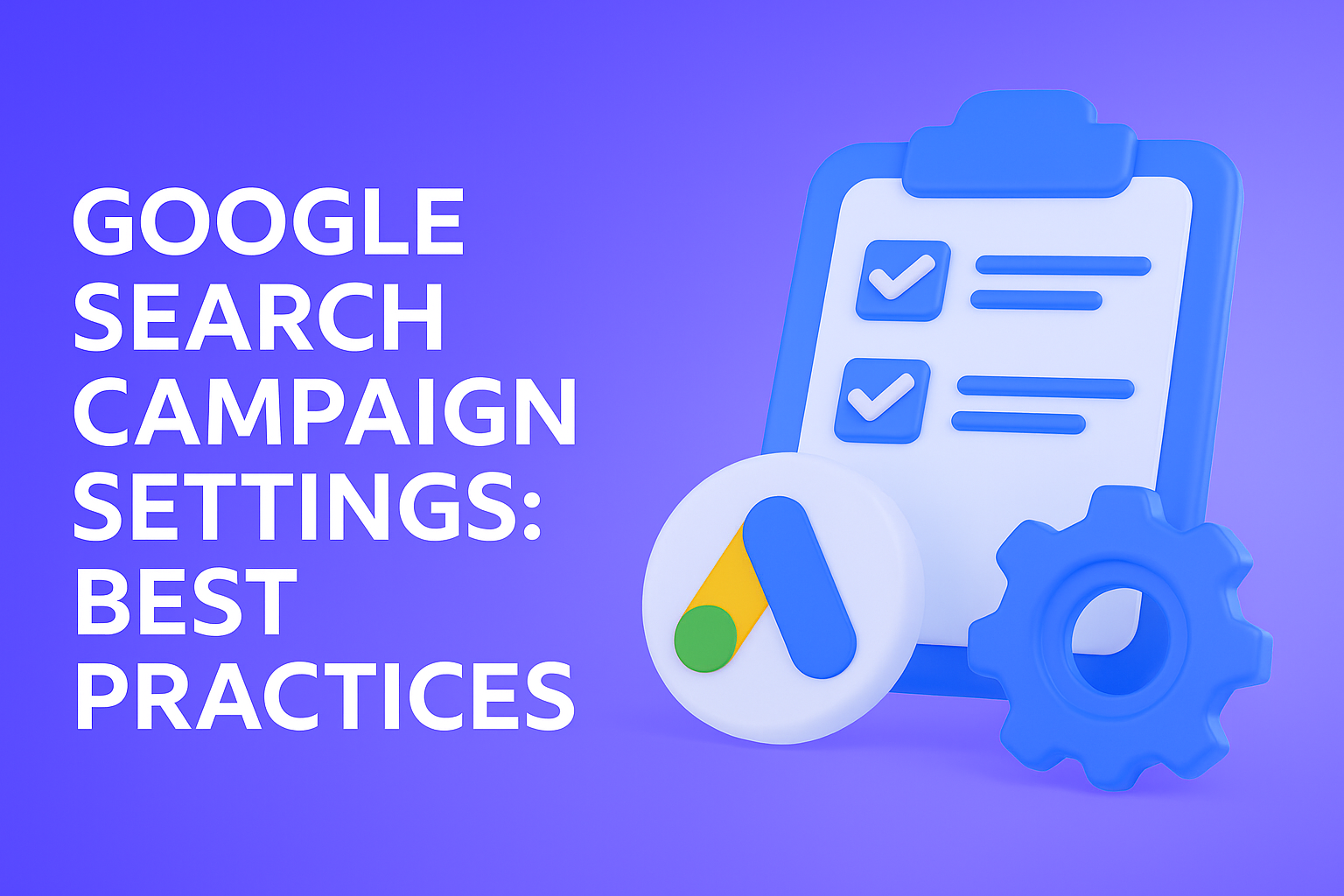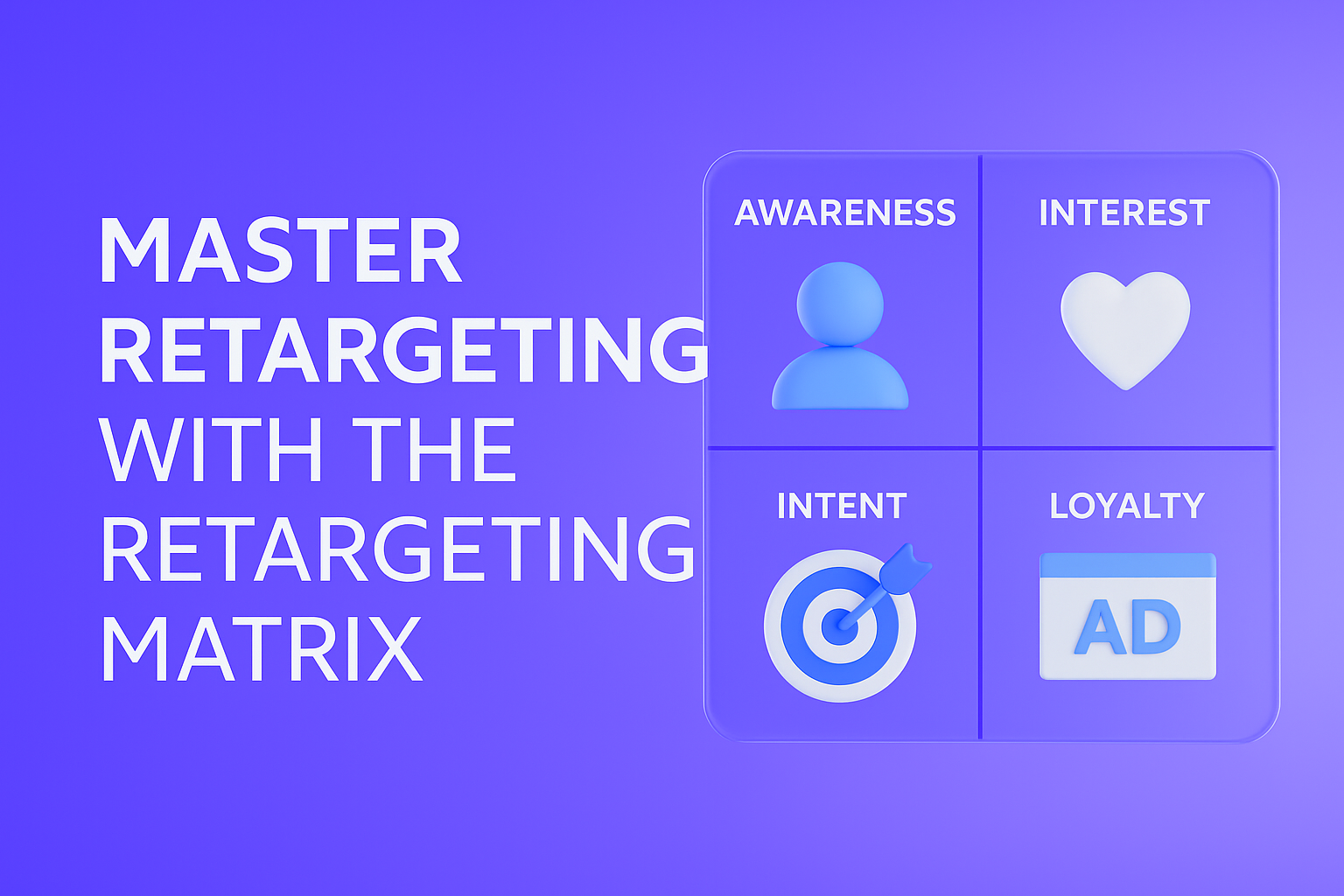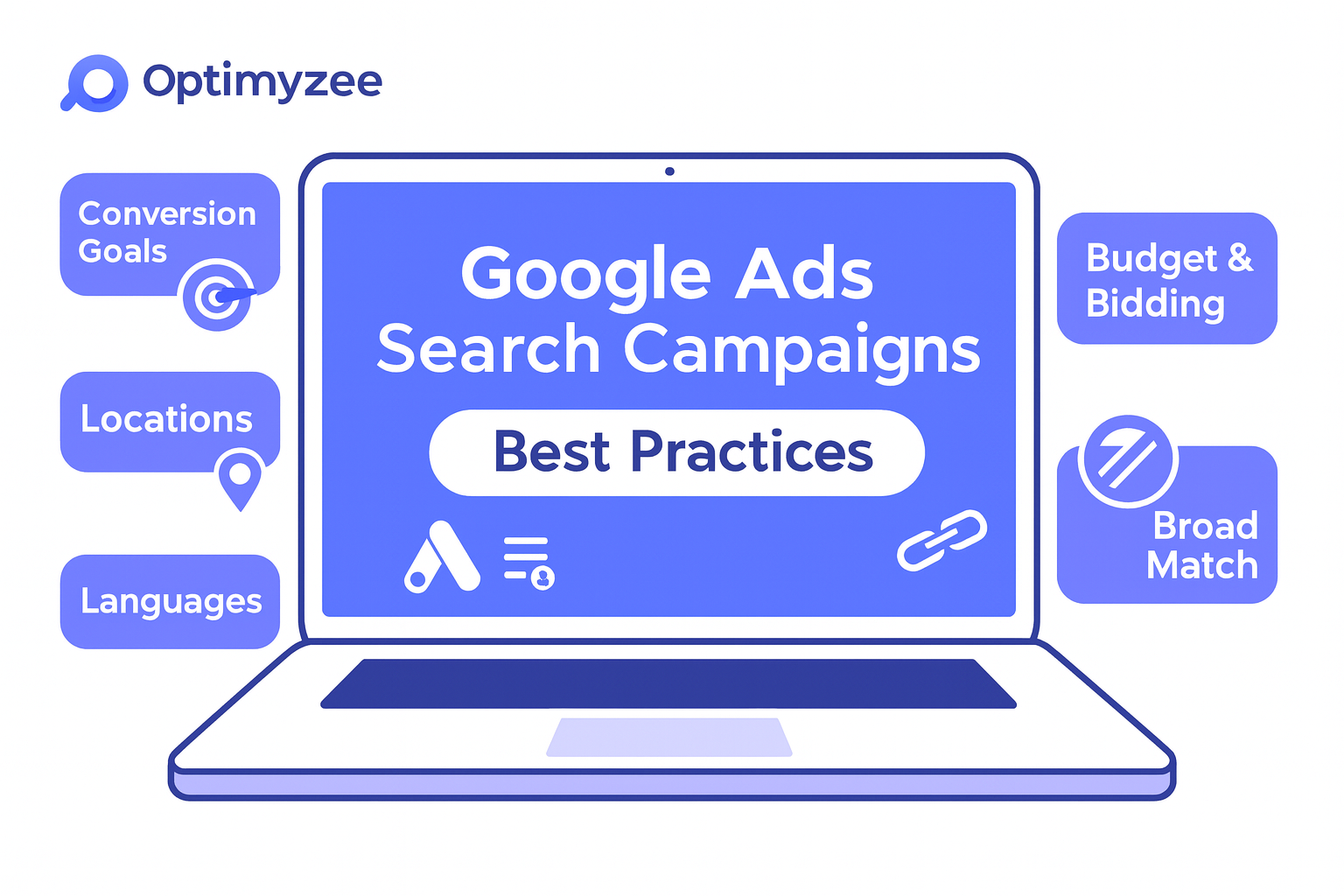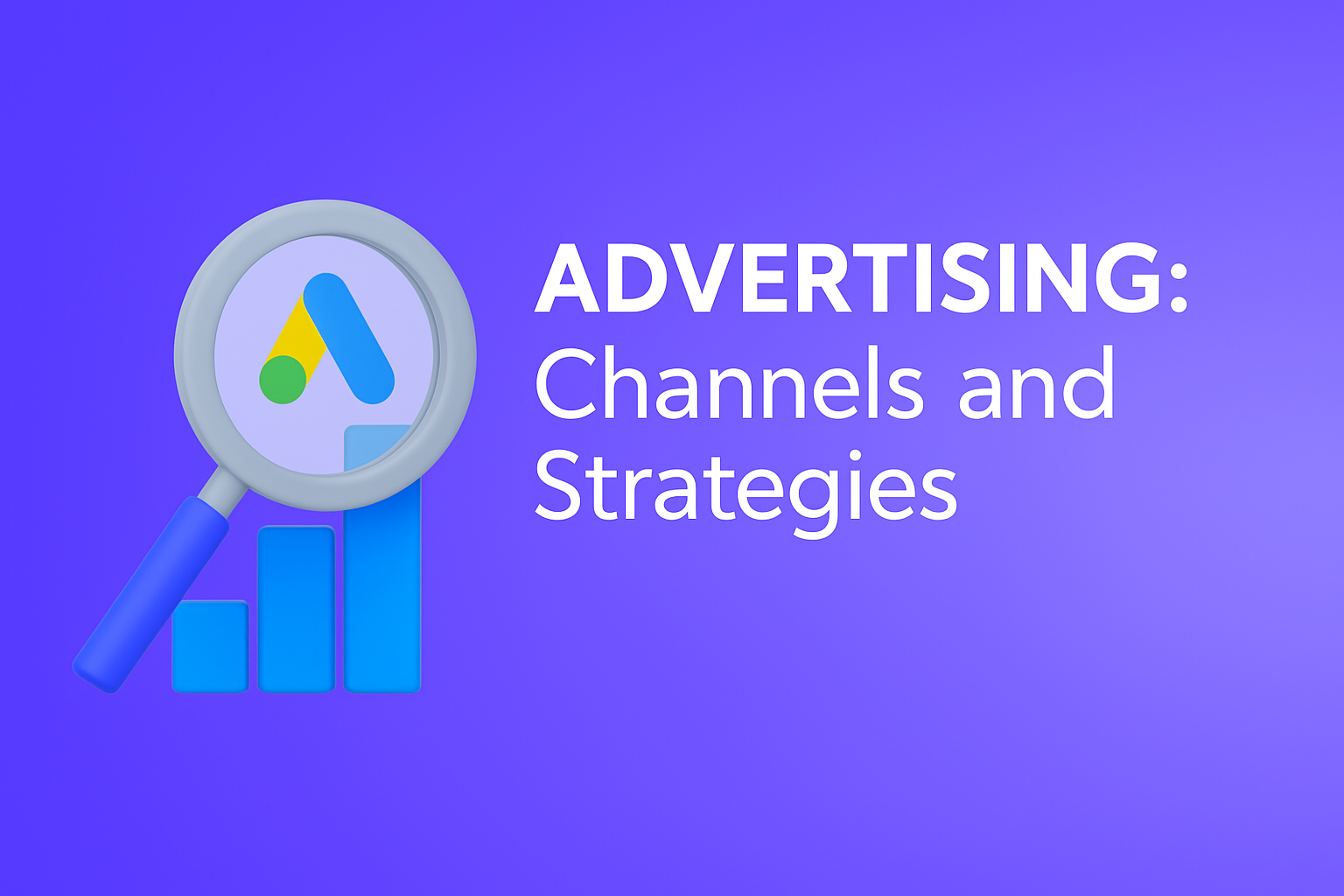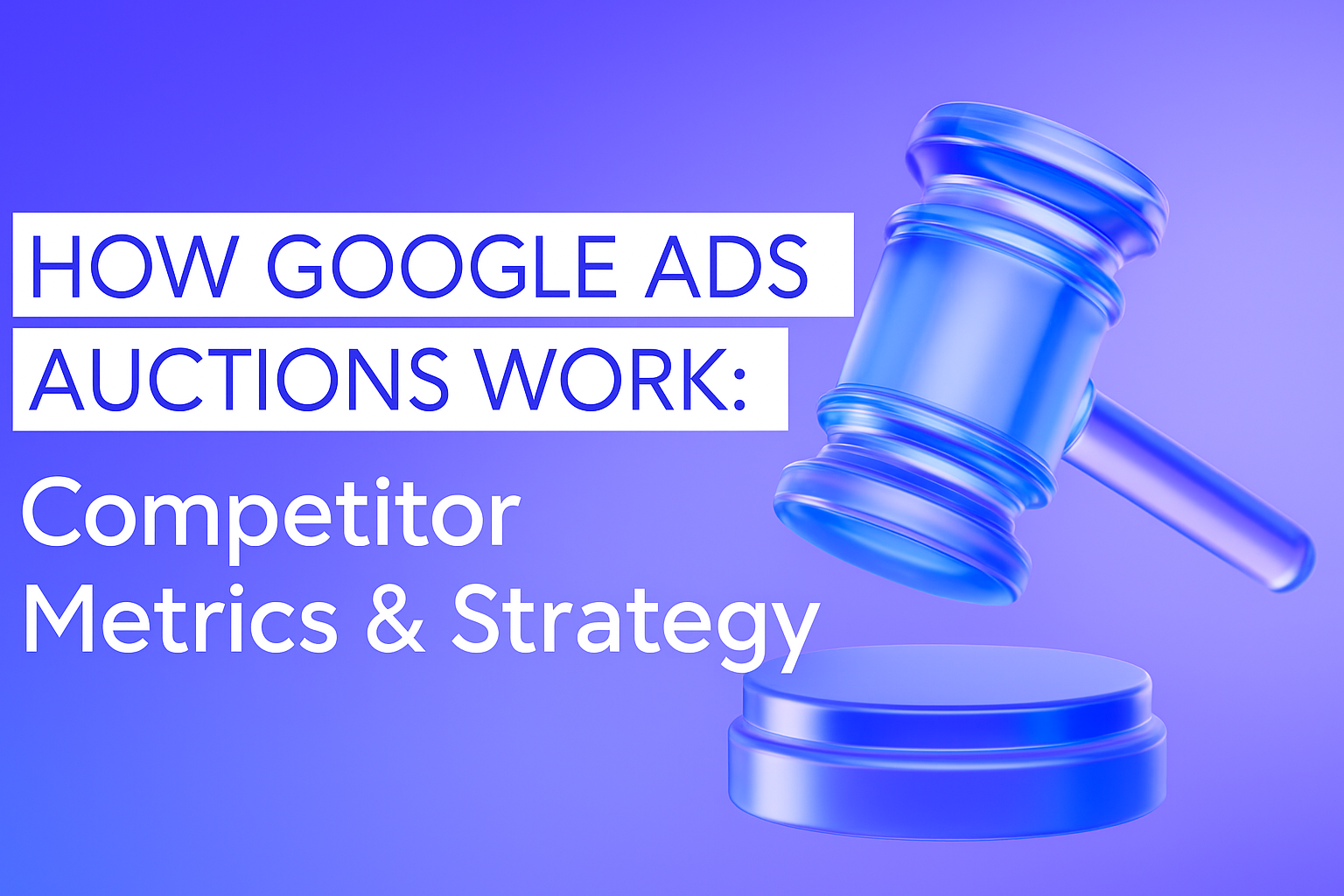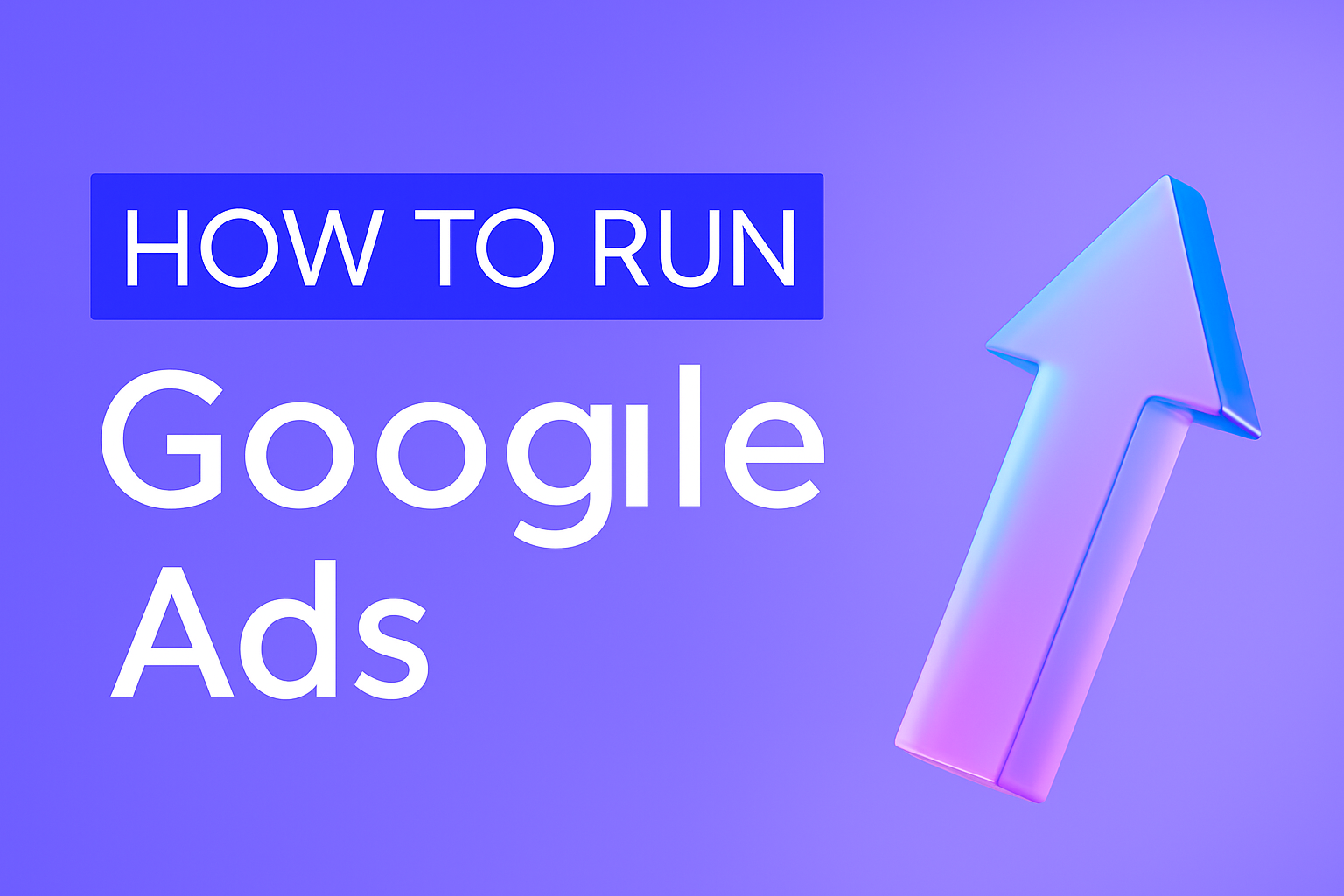Introduction
In the fast-paced world of ecommerce, visibility is everything. Your products need to reach the right audience at the right time – and Google Ads offers one of the most effective ways to do just that. From showcasing products through Performance Max campaigns to re-engaging potential customers with dynamic retargeting, Google Ads provides ecommerce businesses with powerful tools to drive sales and grow profitably.
This guide covers everything you need to build a successful ecommerce advertising strategy using Google Ads, including tracking setup, campaign structure, retargeting methods, and optimization best practices.
1. Setting the Foundation
eCommerce Tracking
Before running any ads, accurate ecommerce tracking must be in place. You’ll want to monitor every key action, such as:
- View Item: When users browse a product page.
- Add to Cart: When a product is added to the shopping cart.
- Begin Checkout: The start of the checkout process.
- Purchase: A completed transaction.
- Abandoned Cart: When users leave without completing the purchase.
Setting these events up in Google Tag Manager or directly in GA4 ensures you can measure campaign effectiveness, retarget users appropriately, and optimize based on data.
Google Merchant Center
Google Merchant Center (GMC) is where your ecommerce product feed lives. It connects your store’s catalog with Google Ads, allowing you to serve Shopping and Performance Max ads.
Key setup steps include:
- Uploading and verifying your product feed.
- Ensuring all required product attributes (title, description, price, image, GTIN, etc.) are correctly formatted.
- Syncing product availability and prices in real-time.
Google Ads Settings
Integration is essential for effective campaign management:
- Link GA4 to Google Ads to import ecommerce conversions and build remarketing audiences.
- Link Merchant Center to enable shopping ads and PMax campaigns.
- Set up enhanced conversions for more accurate reporting.
2. Create Strategy and Structure
Every ecommerce business is different, but a clear campaign structure can make or break your results.
Consider organizing your campaigns based on:
- Category Campaigns: Group products by collection (e.g., Shoes, Bags, Accessories).
- Product-Level Campaigns: High-margin or best-selling products might deserve their own dedicated campaigns.
- Branded vs. Non-Branded Search: Separate campaigns for users searching specifically for your brand versus generic product terms.
This structure helps allocate budget where it matters most and allows for better performance insights.
3. Performance Max (PMax): Unlocking Multi-Channel Potential
Performance Max is a goal-based campaign type that uses automation to show ads across all Google channels – including Search, Display, YouTube, Discover, and Gmail – based on your product feed and creative assets.
Benefits of PMax for ecommerce:
- Utilizes Merchant Center data to serve product-based ads.
- Maximizes reach using Google AI across multiple placements.
- Uses audience signals to guide the algorithm (e.g., past purchasers, cart abandoners).
Best practices:
- Use separate asset groups per product category.
- Feed the system with strong creative assets (images, videos, headlines).
4. Traditional Search Campaigns: Control and Intent
While PMax automates much of the process, Search campaigns give you direct control over keywords, ad copy, and bids.
When should you use Search campaigns?
- To target high-intent keywords (e.g., “buy black running shoes online”).
- To protect your brand terms from competitor bidding.
- To test specific messaging and landing pages.
Tips:
- Use Exact and Phrase match for precision.
- Write an ad copy that reflects product benefits, urgency, and trust signals.
- Use ad extensions to highlight shipping, returns, or offers.
5. Dynamic and Standard Retargeting: Bringing Shoppers Back
Shoppers rarely convert on the first visit – this is where retargeting shines.
Dynamic Retargeting
Automatically shows users the exact products they viewed but didn’t buy. Powered by your Merchant Center feed, these ads are highly personalized and effective.
Standard Retargeting
Can be used to:
- Promote seasonal offers or discounts to past visitors.
- Show category-level ads based on previous browsing behavior.
The remarketing matrix helps you organize your audiences and tailor ad messages based on where users dropped off in the funnel.
Retargeting Matrix Example
| Audience Segment | Campaign Message | Format |
| Cart abandoners | “Still thinking it over?” | Dynamic Ads |
| Past purchasers | “Time to restock?” | Display Ads |
| Product viewers (no cart) | “Limited stock available!” | PMax/Display |
| High-value customers | “Exclusive VIP offer” | Search/Display |
6. Why Use Different Types of Campaigns for Ecommerce?
Using a variety of campaign types ensures broader coverage across the customer journey:
- Performance Max for discovery and conversions across multiple platforms.
- Search for intent-driven queries and brand defense.
- Retargeting for recapturing interest and improving ROI.
- Shopping/Feed-based ads for high-visibility product placements.
Together, they create a full-funnel strategy – from awareness to conversion and re-engagement.
7. Measurement and Optimization Tips
- Track ROAS, conversion rate, and average order value regularly.
- Use GA4 funnel exploration reports to identify drop-off points.
- Run A/B tests on ad creatives and landing pages.
- Regularly audit:
- Product feed quality.
- Search term reports.
- Audience segments.
Use automated rules or scripts to pause underperforming products or shift budget to top performers.
Conclusion
Google Ads is an incredibly powerful platform for ecommerce businesses, but success depends on a strong foundation, smart strategy, and constant optimization. By combining PMax, Search, and Retargeting campaigns – and grounding them in accurate data – you can scale your store profitably and sustainably.
Start with the right setup, test your way forward, and let data guide your next moves.
